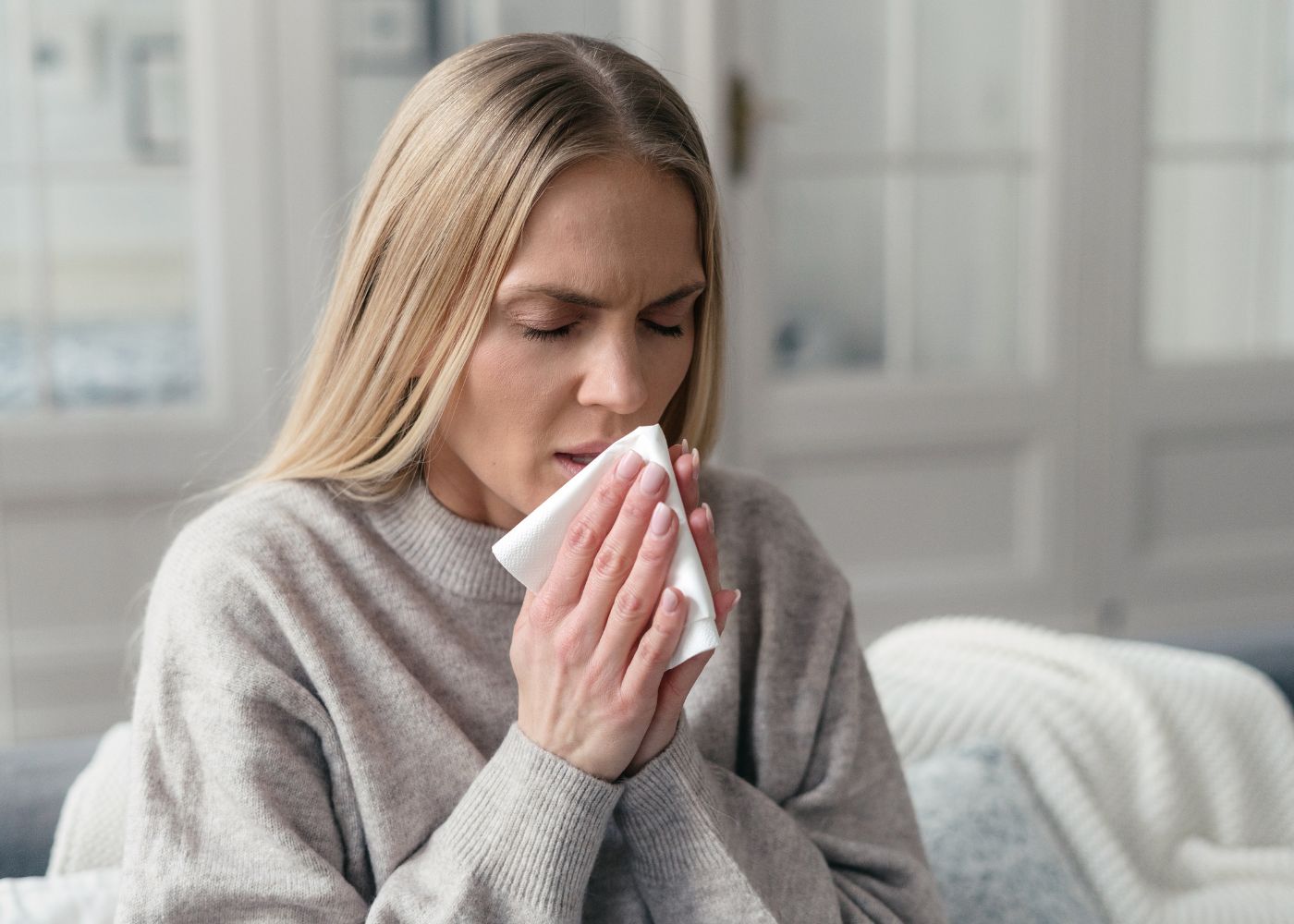Did you know that Respiratory Syncytial Virus (RSV) and bronchitis are among the most common respiratory infections affecting millions worldwide each year? Understanding the differences between these two can be crucial for effective treatment and prevention. This bronchitis vs. RSV article explores their symptoms, risks, and how to manage each condition effectively.
What You Need to Know About RSV
RSV, or Respiratory Syncytial Virus, is a contagious virus that targets the lungs and breathing passages, leading to infections predominantly in infants and the elderly. Here are the key symptoms:
- Runny Nose: Often the first sign, appearing within days of exposure.
- Coughing and Wheezing: Indicates lower respiratory tract involvement.
- Rapid or Labored Breathing: Signs of potential severe infection.
- Bluish Skin (Cyanosis): Indicates oxygen deprivation, requiring urgent care.
How RSV Spreads
RSV can spread through direct contact with respiratory droplets when an infected person coughs or sneezes. It’s vital in crowded environments like schools and daycare centers to practice good hygiene.
🗹 Preventing RSV transmission includes regular hand washing and avoiding close contact with sick individuals.
What is Bronchitis?
Bronchitis involves the inflammation of the bronchial tubes, usually due to a viral or bacterial infection. It comes in two forms:
- Acute Bronchitis: Typically lasts a few weeks.
- Chronic Bronchitis: A long-term condition often associated with COPD.
Common Triggers of Bronchitis
Triggers include viral infections, cigarette smoke, air pollution, and dust. Chronic bronchitis is particularly common among smokers.
Comparing Bronchitis vs. RSV Symptoms
| Symptoms | RSV | Bronchitis |
| Runny Nose | Common, especially in early stages | Rarely prominent |
| Cough | Dry, wheezy | Productive, mucus-producing |
| Wheezing | Common, indicating lower respiratory involvement | Less common unless chronic |
| Rapid Breathing | Often observed, sign of respiratory distress | Occurs in severe cases |
| Bluish Skin (Cyanosis) | May appear in severe cases indicating oxygen deprivation | Uncommon, indicates severe distress |
| Chest Discomfort | Less common | Common, due to inflammation |
| Shortness of Breath | Common in severe cases | Common, especially in chronic bronchitis |
| Low-Grade Fever | Sometimes present | Often present in acute cases |
| Fatigue | Common | Common, especially with acute bronchitis |
How RSV is Diagnosed
RSV is typically diagnosed with a nasal swab test that detects viral antigens. Early diagnosis is crucial, especially in high-risk groups.
Diagnosing Bronchitis
Diagnosis may involve listening to lung sounds, a chest X-ray to rule out pneumonia, and sputum tests if bacterial infection is suspected.
Treatment Strategies
Treating RSV
Treatment includes:
- Hydration and humidifiers to ease breathing.
- Supplemental oxygen in severe cases.
- Antiviral medications for high-risk patients.
Managing Bronchitis
Treatment recommendations vary by the type:
- Acute Bronchitis: Rest, fluids, and sometimes cough suppressants.
- Chronic Bronchitis: Long-term use of bronchodilators and steroids, and quitting smoking is crucial.
Preventing RSV and Bronchitis
Maintaining excellent hygiene and avoiding irritants are key to preventing both RSV and bronchitis. Here are some tips:
- Hand Hygiene: Wash hands frequently with soap and water.
- Avoid Smoking: Smoking cessation is essential for preventing chronic bronchitis.
Tips for Improving Indoor Air Quality
|
Signs That You Need Medical Attention
- RSV: Infants with signs of distress, such as blue lips or difficulty breathing, should be seen immediately.
- Bronchitis: Adults experiencing a high fever or a cough lasting more than three weeks should consult a doctor.
Conclusion
Both RSV and bronchitis require timely recognition and appropriate management. By understanding the differences and similarities between these conditions, you can take proactive steps towards prevention and seek medical help when necessary.
If you or someone you know is experiencing symptoms of RSV or bronchitis, don’t hesitate to contact a healthcare provider for guidance and treatment.

